
It’s called Flight 370 and I’m getting a POD cover made for it right now. When that’s done I’ll upload the POD version to Createspace and have a proof copy sent to me. When it arrives I’ll sit down in my chair and read through it with a pen, circling any typos I see, perhaps changing a line here and there if need be. And then it’s done – I’ll release the book on all the retailers and move on to the next one.
That’s the process I follow now when I write books. I find that reading through the POD copy is the best final proof, and it’s also a good way to read your story after letting it sit for a week or so (I feel that letting a book sit for months is wholly unnecessary, unless you’re highbrow).
Going at your book with fresh eyes is important. It gives you perspective and allows you to find plot holes and other mishaps that the reader may encounter. A large part of that is pacing, and how action is interspersed with the ‘slow parts.’
This is the gist of what Blake is getting at:
Here’s how I do it: First, I ensure that if it’s an action book, there are sufficient beats to keep the reader engaged. I do this visually, as I outline (I do single sentence summaries of each chapter, usually in three acts, approximately 15 chapters per act), by color coding my chapters with action beats or reversals. So if my typical book has, say, 45 chapters, and I don’t have a beat every two or three chapters, it’s probably going to be a snoozefest. I’d rather know that going in and contrive more story than discover I lack beats once written.
Red: Action Scenes;
Blue: Story Building;
Green: Reversals.
When I apply that to my story/chapter outline, this is what it looks like:
Part I – The Operation
1 – Signing Off
2 – A Bumpy Ride
3 – Touching Down
4 – Sri Lanka
5 – On the Ground
6 – A Done Job
7 – Cheap Surroundings
8 – Up and Running
9 – Turning Her Around
10 – Fire on the Runway
Part II – Pulling Back the Lens
11 – Shooting Down a Plane
12 – Word in Washington
13 – A Lift Down
14 – Malevolent Forces at Work
15 – Cleaning House
16 – Racing to Friends
17 – The Twelve Apostles
18 – Into Iraq
19 – Smoke-Filled Rooms
20 – The Praetorians
Part III – The Front Lines
21 – A Botched Beheading
22 – Hidden Identities
23 – Next Moves
24 – The Spread
25 – An Old Haunt
26 – Lining up the Dominoes
27 – Rallying the Troops
28 – Lone Wolf
29 – Hitting Home
30 – Detractors
Part IV – The Missing Piece
31 – The Changing of the Guard
32 – Meltdown
33 – Hearing the News
34 – White Smoke
35 – A Roman Holiday
36 – Somali Slums
37 – All Aboard
38 – Eskan Village
39 – Coming to America
40 – On His Tail
41 – A Tuesday Morning in New York
42 – Into Thin Air
Now, that’s my finished chapter list. When I was actually doing this, it was a lot messier. I figured I’d save you from the nitty-gritty of how books get done.
Story building is what you want to avoid, but it’s like the mortar holding the bricks of the house together – you need it. That doesn’t mean you need a lot of it, however, so use your story and character building sparingly, just like that mortar.
I go for a lot of those reversals because it’s a way to continue building the story while ratcheting up the tension and suspense. You get the same physiological response as you would from an action scene, that edge of your seat feel, but you’re still building up, moving up the steps of that rising action arc that leads to your climax and ultimate conclusion. Here’s what Blake says about this:
I also try for as many reversals as I can achieve. She’s being chased, the situation reverses, she’s now the hunter, the prey eludes her, and doubles back, putting her in harm’s way again. She was on top, now she’s scrambling. The love interest was making advances, now he’s distant. Reversals make it interesting. The more the merrier, and if you can achieve multiples within a chapter, so much the better.
- The 5 chapters of “slow” stuff in a row in Part I;
- The 4 chapters of “slow” stuff at the end of Part II;
- The 4 chapters of story building in a row in Part III.
Is there something I can do about that, or were the earlier action scenes leading up to that sufficient to keep the reader’s attention? I’d say that you really want to be thinking about this as it applies to your first few chapters. That’s going to be your ‘Look Inside’ on Amazon, and you want to really grab the reader with it. In other words, that’s the last place you want blue text appearing in your chapter outline.
Pacing is important for thriller novels, or any novel for that matter. You want to grab the reader’s attention, and keep it. That’s hard to do for a 200- or 300-page book, but with the right mix of story building and reversals thrown in, you can do it.
I’ll be thinking of these things when I give Flight 370 its final edit here in a week or so. Maybe I’ll change some things because of those slow parts I mentioned. Maybe I won’t. Either way, I feel that I made this thriller novel a lot better because I knew the importance of pacing, and how to break it up. Hopefully you’ve picked something up that will help your novel. Happy writing!


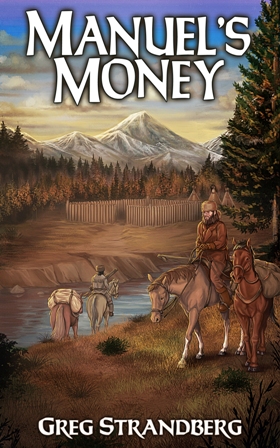
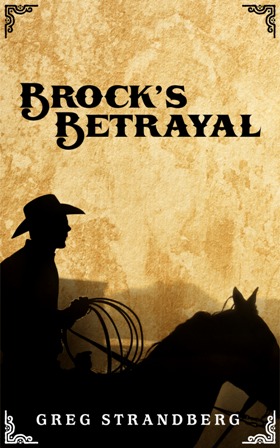
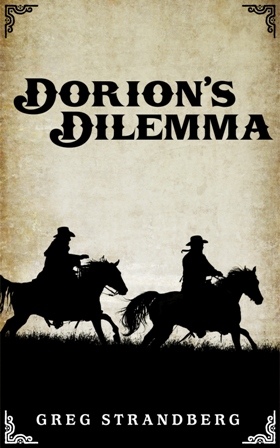
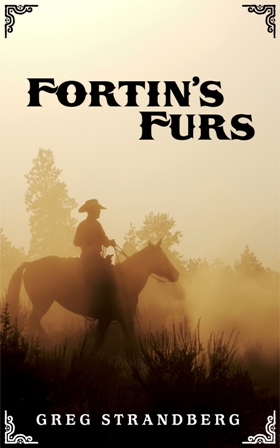
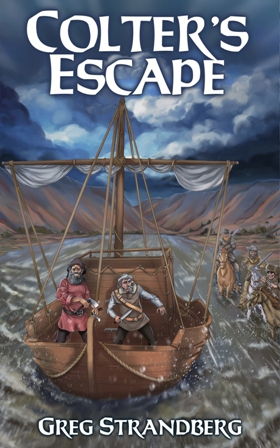
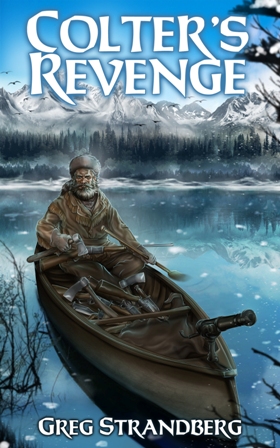
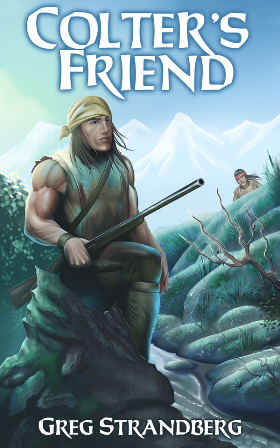
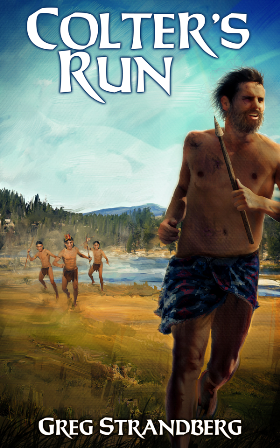
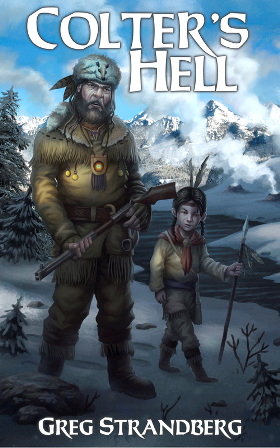
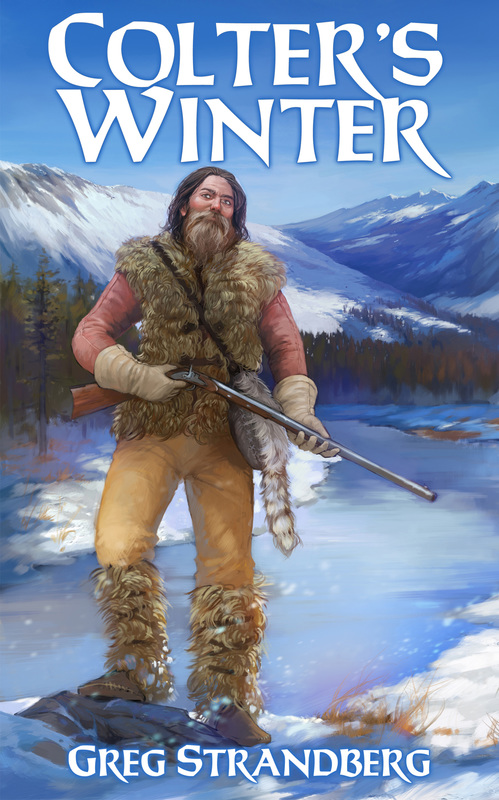
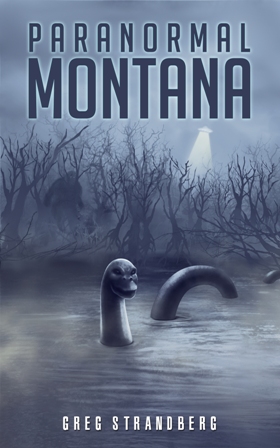
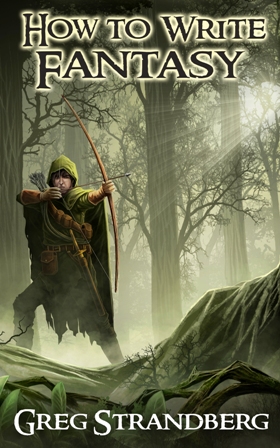


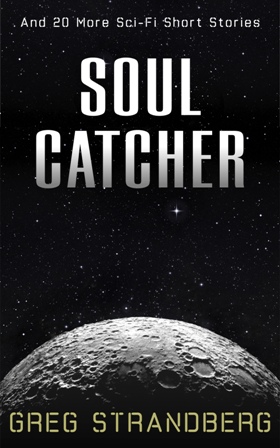
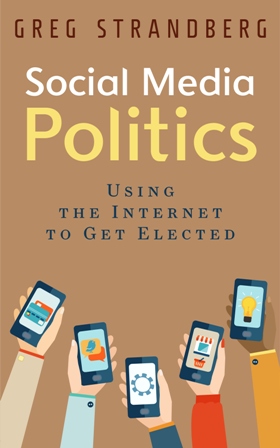


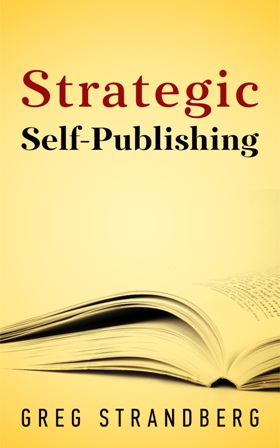
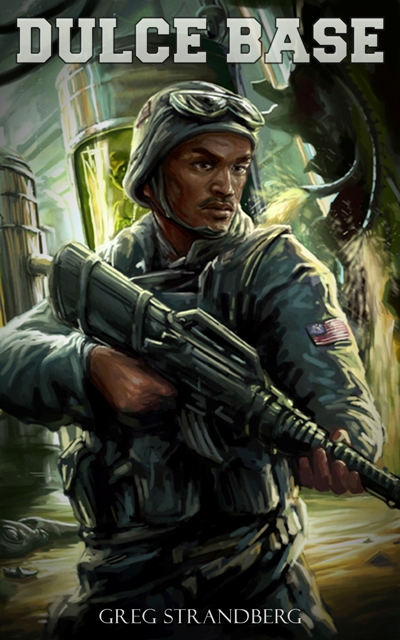
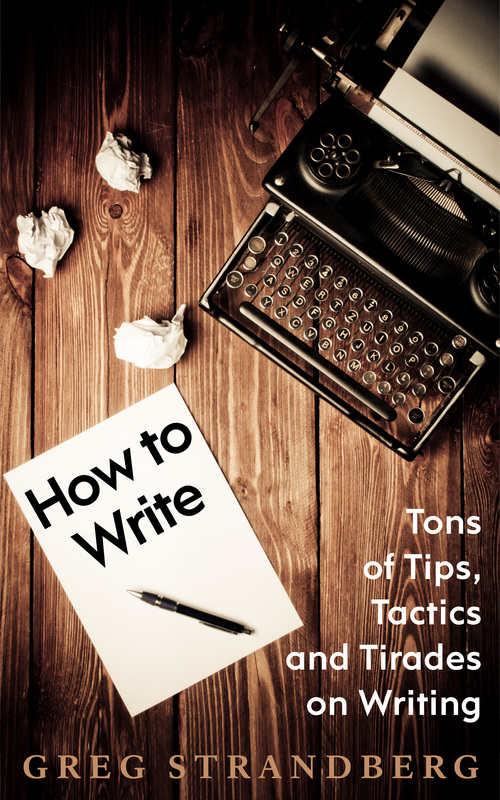

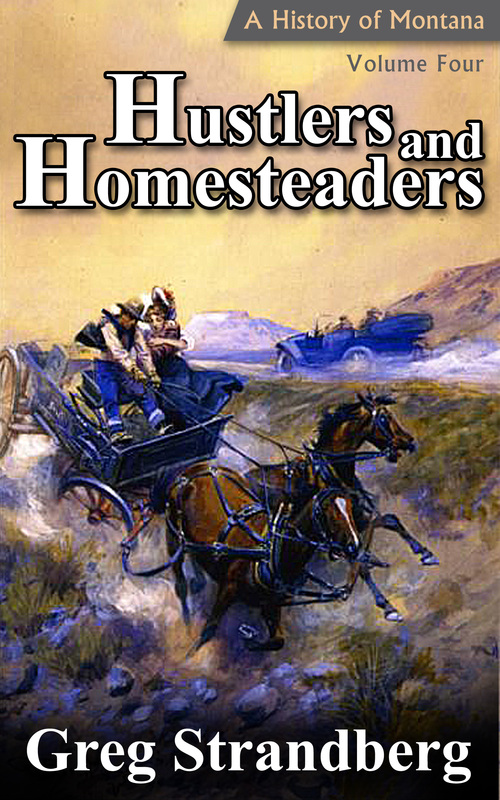
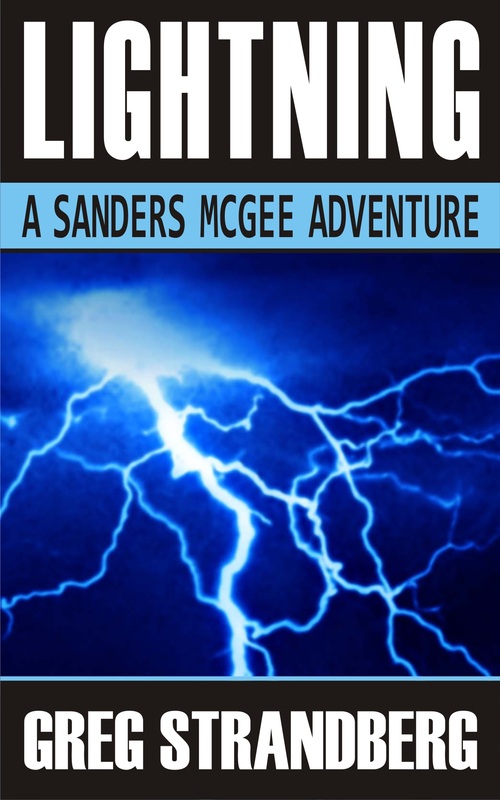
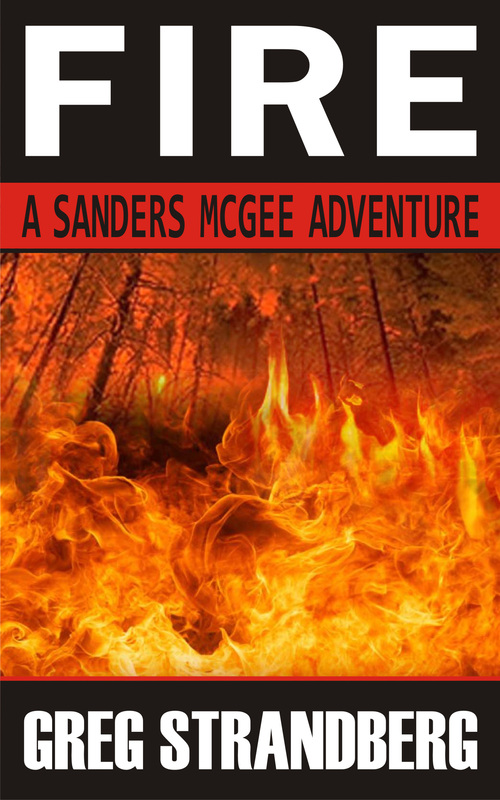
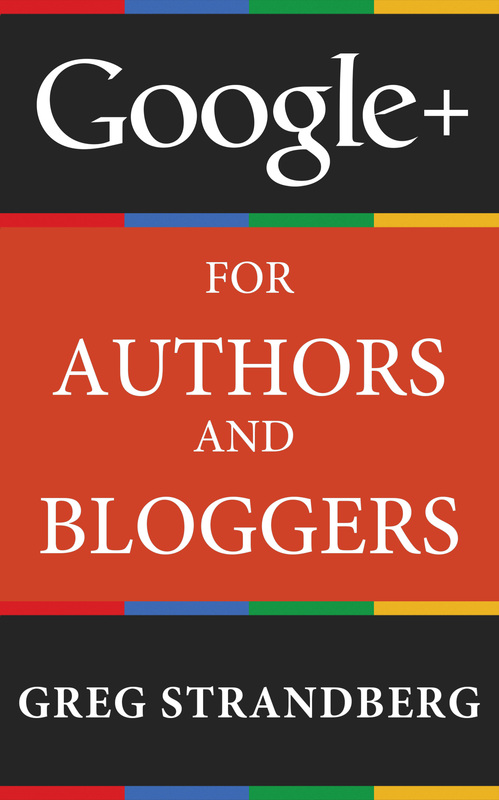
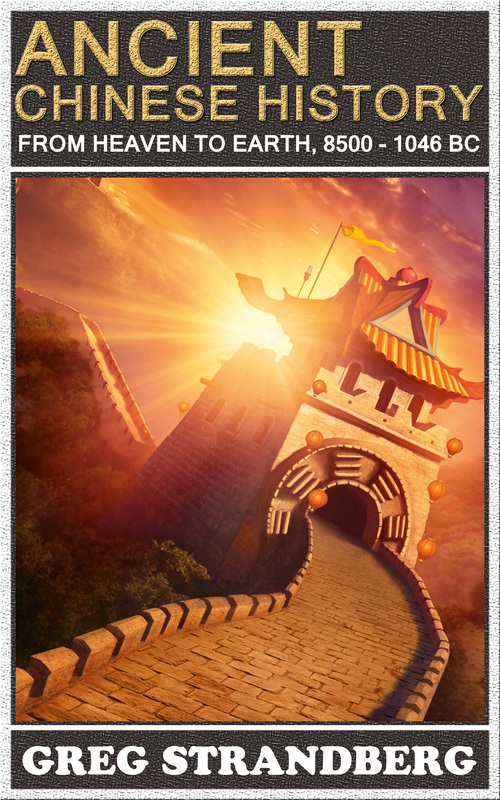




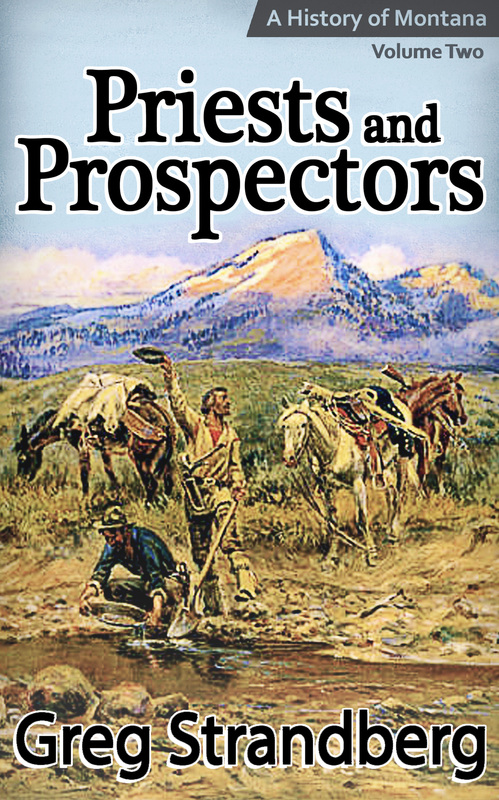
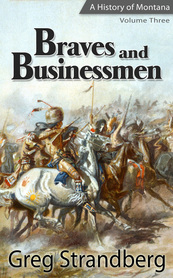
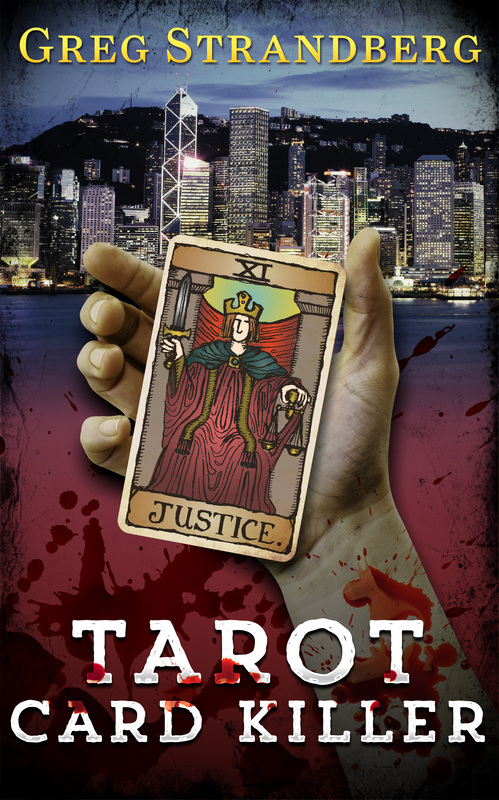
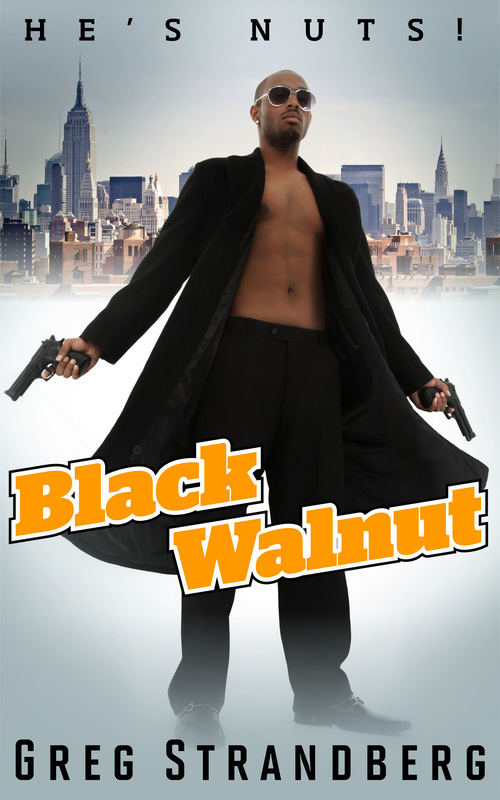

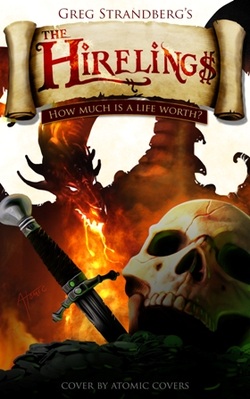
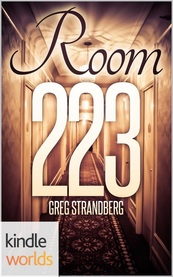

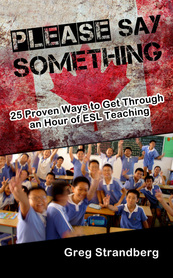

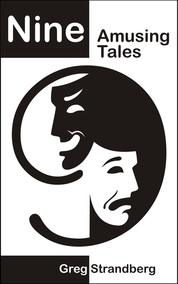
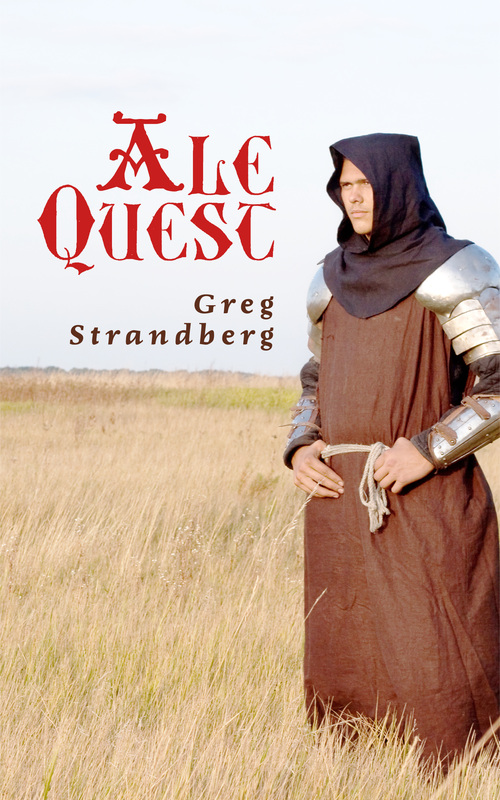
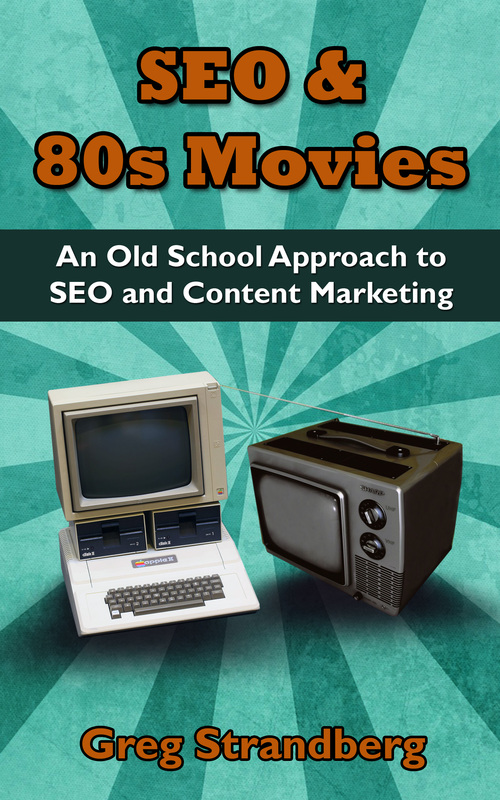
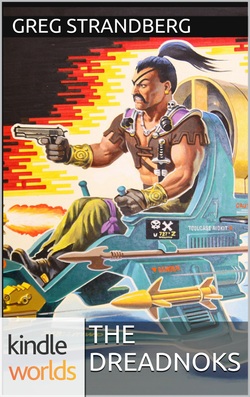
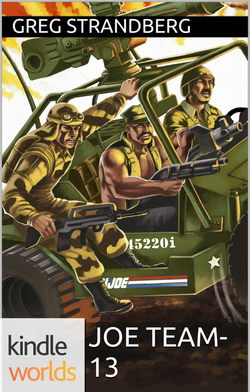
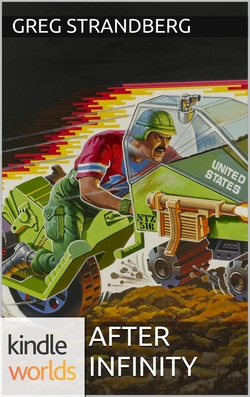

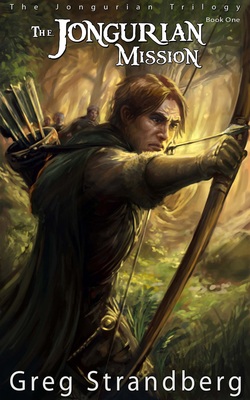
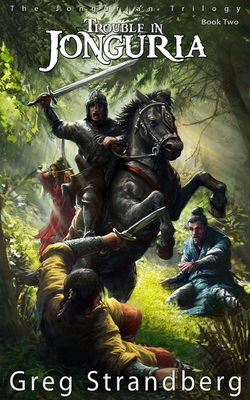
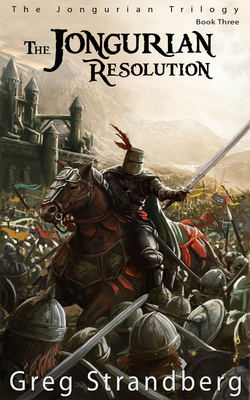
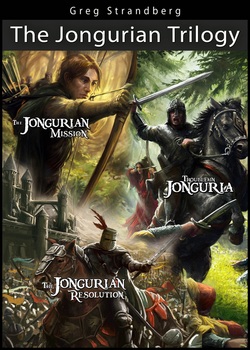
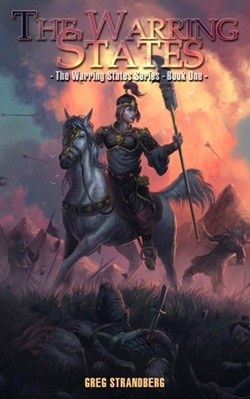
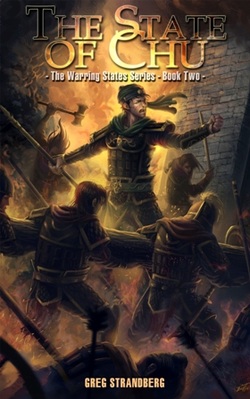
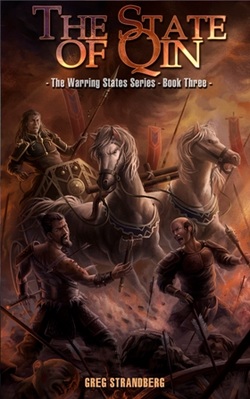
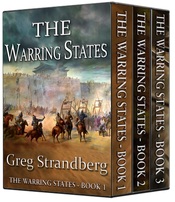
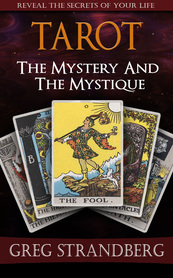
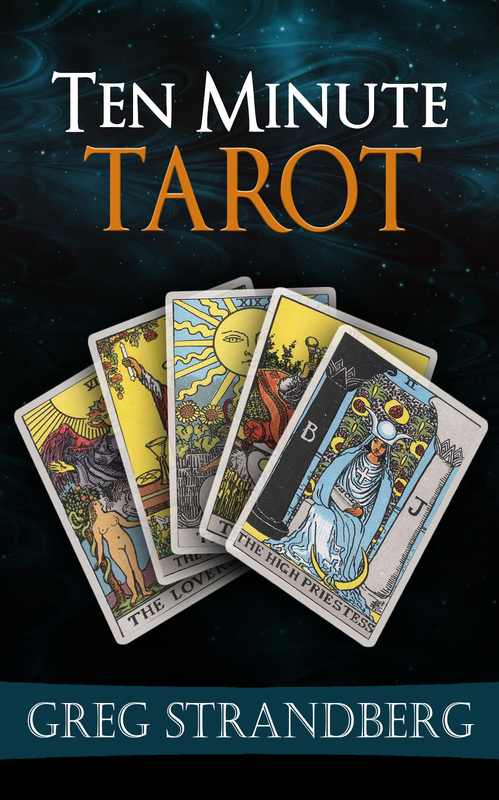
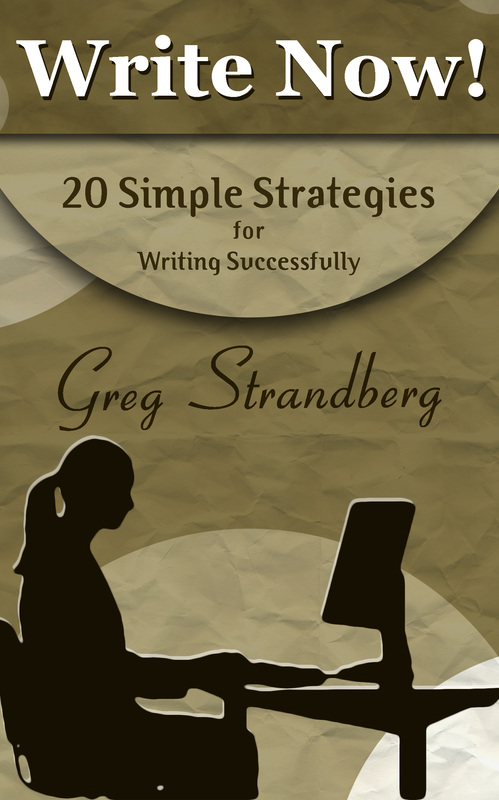












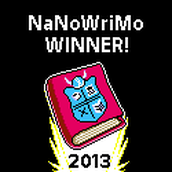
 RSS Feed
RSS Feed